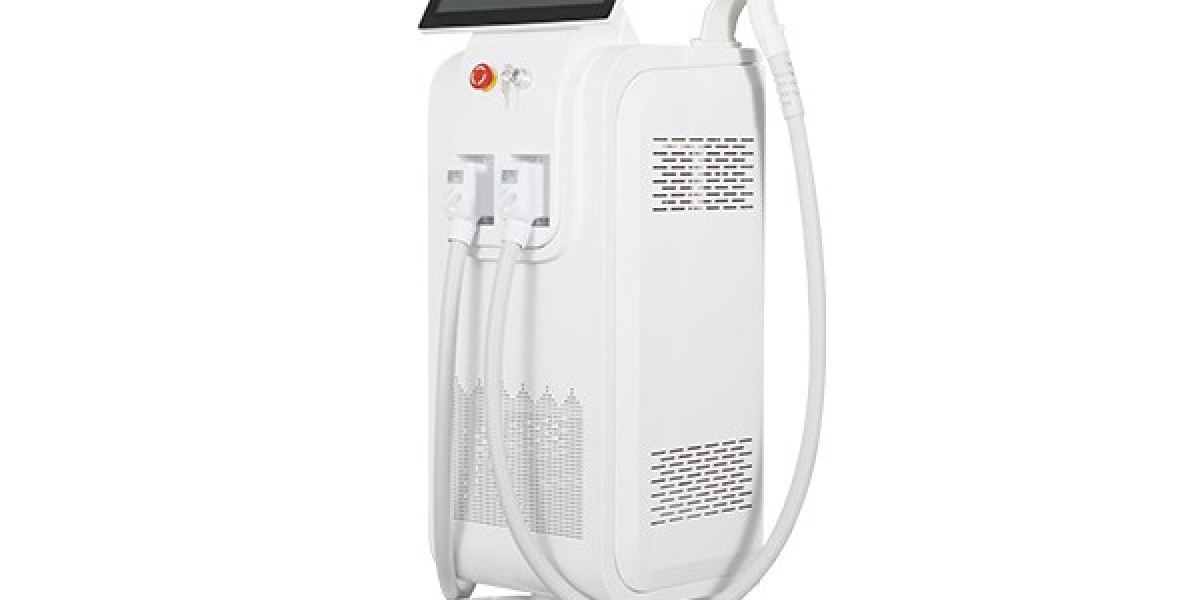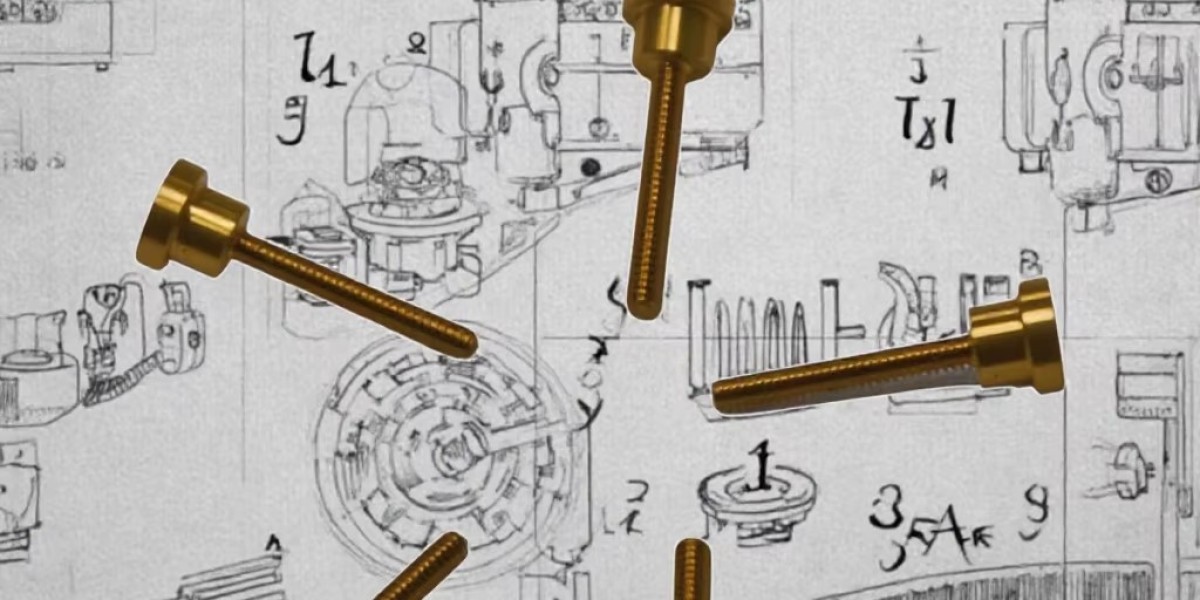A laser engraver is a high-precision tool that uses laser technology to engrave or mark designs, text, or patterns onto a wide variety of materials, such as wood, metal, plastic, glass, leather, and more. It’s widely used in industries such as manufacturing, jewelry, signage, personalized gifts, and even in DIY and hobbyist communities due to its accuracy and versatility.
How a Laser Engraver Works
Laser engraving works by focusing a high-powered laser beam onto a specific point on a surface. The concentrated energy of the laser heats up and vaporizes the material, creating a permanent mark without the need for ink or physical contact. The depth and intensity of the engraving can be adjusted by modifying the laser’s power, speed, and frequency. This makes it ideal for both delicate designs and deep, bold markings.
The process is typically computer-controlled, using design files created in graphic software like Adobe Illustrator or CorelDRAW. These files are converted into instructions by the machine’s software, guiding the laser head to engrave precisely based on the design. CNC (Computer Numerical Control) systems make it possible to achieve extremely fine details, even on small surfaces.
Types of Laser Engravers
There are three main types of laser engravers, each suited to different applications:
CO2 Laser Engravers: These use a gas mixture (mostly carbon dioxide) and are ideal for non-metal materials like wood, acrylic, leather, and glass. They are common in both hobbyist and industrial applications.
Fiber Laser Engravers: These are best for marking metals and plastics. Fiber lasers are widely used in industries like automotive, aerospace, and electronics for engraving serial numbers, barcodes, and logos on metal surfaces.
Diode Laser Engravers: Compact and budget-friendly, these are popular among beginners and small-scale users. They work well on softer materials and are often portable.
Applications of Laser Engraving
Laser engravers are used in a wide range of fields:
Industrial Manufacturing: For marking tools, parts, and machinery with serial numbers, QR codes, and safety labels.
Jewelry and Fashion: To engrave custom text or patterns on metal and leather items.
Signage and Branding: For creating professional-looking signs and logos on various surfaces.
Personalized Gifts: For customizing items like photo frames, pens, keychains, and trophies.
Art and Craft: Artists and hobbyists use them to bring intricate designs to life on wood, paper, and other materials.
Benefits of Using a Laser Engraver
Precision and Detail: Laser engravers can produce incredibly detailed work, even on small surfaces.
Non-Contact Process: There’s no physical pressure on the material, reducing wear and the chance of damage.
Speed and Efficiency: Designs can be engraved quickly, even in bulk production.
Versatility: A single laser engraver can work on multiple materials, making it a valuable investment.
Conclusion
A laser engraver is a powerful and precise tool that has revolutionized the way we mark and personalize materials. Whether you're an industrial manufacturer or a creative entrepreneur, laser engraving offers a fast, clean, and professional method for bringing your designs to life. With technology continuously advancing, these machines are becoming more accessible, user-friendly, and capable than ever before.








